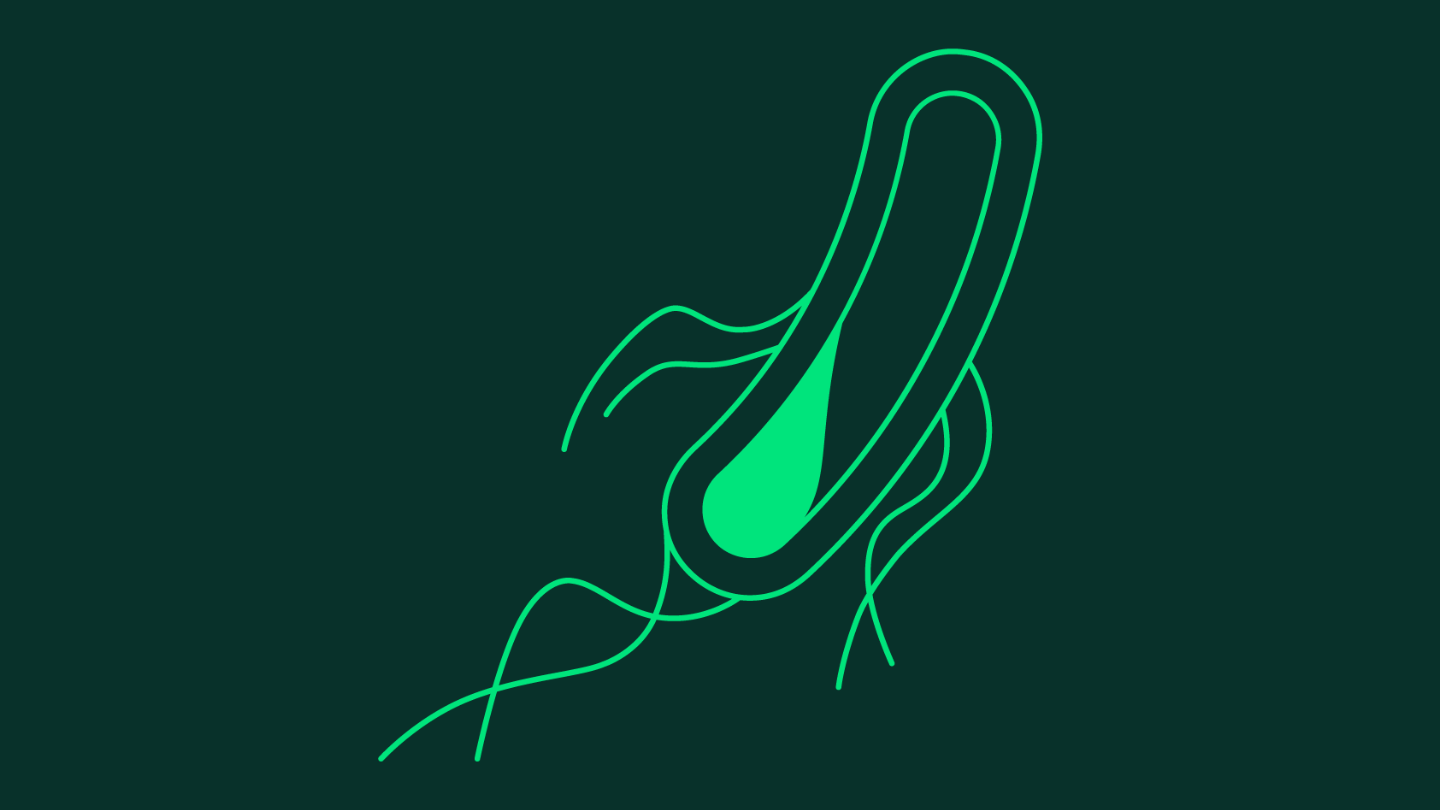Health for all: How can we contribute to inclusive access?
Health for all. This is the central objective of the World Health Organization (WHO), which was founded on 7 April 1948, exactly 75 years ago. It is also the motto of this year’s World Health Day. At Boehringer Ingelheim, we are committed to bring more health to all people by taking a holistic approach to healthcare. We will continue to do our part to make the goal of the best possible health for all a reality one day. But there is still a long way to go.
Nanjammal is 65 years old – and has not even seen a doctor five times in her life. The mother of three lives in a remote village in southern India. The tribal community consists of 80 families living in the poorest conditions. The huts are small and covered with corrugated iron, there is no electricity, dirty clothes are rubbed clean on a wash stone. The few goats in front of the houses are small and slimmed down.
In health matters, the village elder has always been trusted. He relies – as the tribes have done for generations – on the power of the plants. Access to medicine and scientific progress? Hard to find. Not only that there is no trust in conventional medicine. The nearest doctor or hospital is half a day's walk through the wilderness.
Health equity: Bringing more health to more people
Nanjammal’s story in southern India is just one example. One of too many across the world. “Examples like these clearly show us that health for all has not become reality yet, despite multiple achievements in healthcare over the past decades,” says Maria Tereno, Corporate Vice President Sustainability and Culture. This does not mean, though, that she regards it as an unreachable goal. “Sustainability has been part of our company´s values and journey for many years. With our purpose to transform lives for generations, I firmly believe that Boehringer Ingelheim is uniquely positioned to make a substantial contribution towards a healthier and more sustainable future.”

But how exactly do we contribute to the WHO’s goal of achieving health for all? “Firstly, by continuing to drive innovation through our therapies and health care solutions,” Maria says. “We continue to address unmet medical needs, for humans and animals alike. This is the core of our daily work.”
And secondly? “As we are committed to improve health for all people, we also focus on vulnerable communities, where people and animals live in environments of inequality and face clearly demonstrated barriers to access to healthcare,” Maria explains. On top of that, these communities have a higher risk for poor health. Therefore, Boehringer Ingelheim addresses barriers to healthcare access through a holistic approach. This includes education, prevention, screening and diagnosis, treatment and adherence. All these aspects are key to improve health. However, this cannot be achieved in isolation: This is why partnerships are also essential in this journey.
To Maria, it is crucial that we continue to pioneer solutions to these challenges. “We can do so by leveraging our knowledge and expertise both in human and animal health,” she points out. “As an example, we are actively looking at how to address future health challenges, like the rising problem of antimicrobial resistances and potential future pandemics.” These health challenges are especially important because, to be one step closer to health for all, it is essential to close existing and emerging healthcare gaps of today and tomorrow.
Engaging with these challenges is key. Just like engaging with people like Nanjammal from southern India. Making More Health, our long-term initiative to promote social entrepreneurs in various countries, has trained social workers in Nanjammal’s home region. They provide prevention and first aid in the remote villages. In doing so, they provide basic healthcare and close existing healthcare gaps in partnership with local communities. And on a Saturday in the first weeks of 2023, Nanjammal gets her blood pressure and blood sugar measured in the village square. This may sound unspectacular to many ears, but it is nothing short of another small step toward making health for all a more realistic goal.
Related Press Releases

New digital Tx collab with Click
Related Content

Better Access to Healthcare for Indigenous Peoples

“Rapid progress towards clinical candidates”







